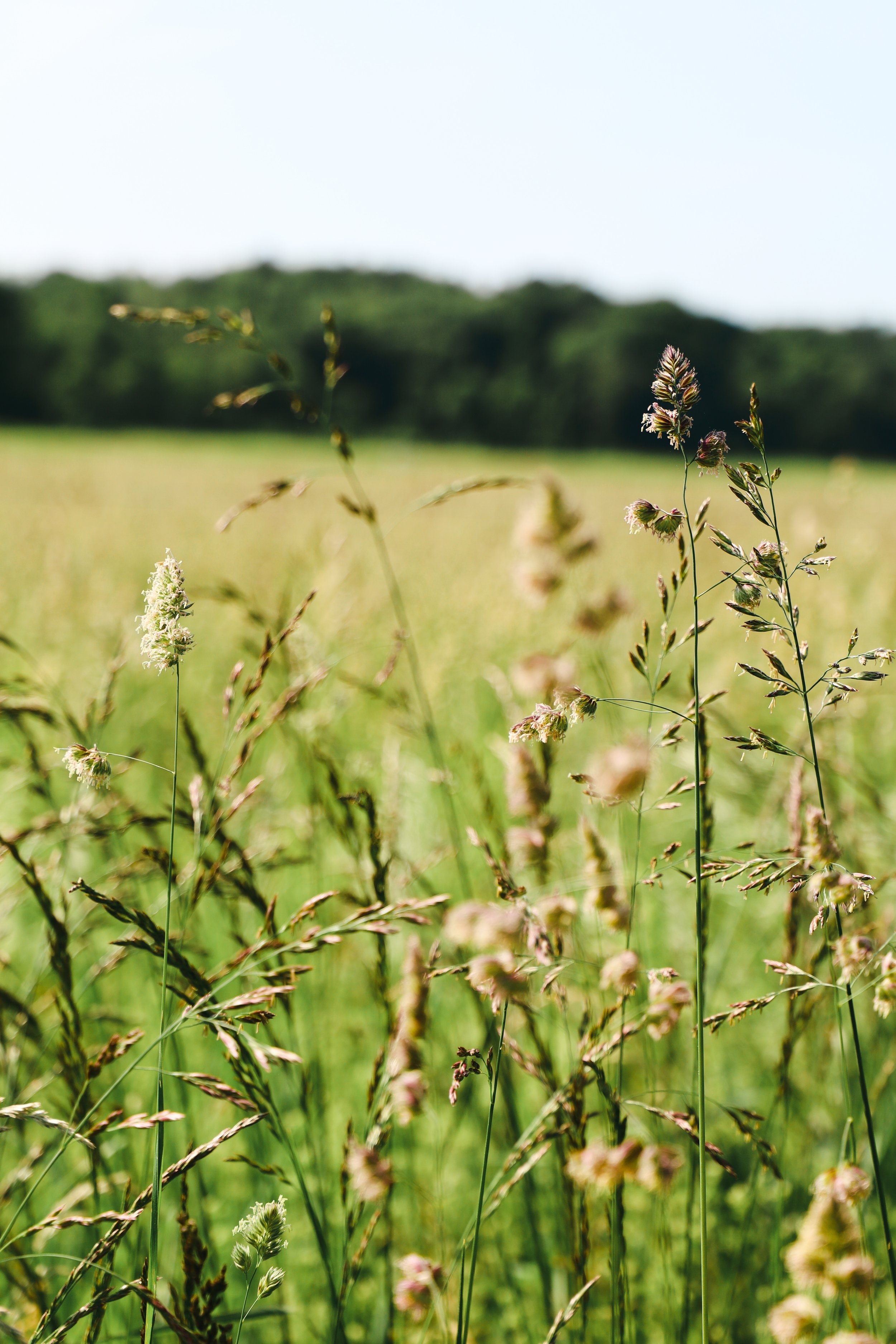
The Land
-
For thousands of years before the arrival of European traders in the 17th century, much of the Hudson Valley comprised the ancestral lands of the Mohican peoples. Churchtown acknowledges that the lands we now tend are their unceded homelands; we honor this history in our work as stewards of this piece of earth.
In the following century, generations of Dutch, English, and Germans established permanent settlements along the Hudson River, eventually displacing the Mohican tribes from their lands. These immigrants found a rich and diverse environment with abundant wildlife, forested hills, streams and wetlands, fertile topsoil, and meadows ideal for crops and pastureland. Multi-generational family farming became a way of life for many.
In the 19th century, farmers in the Hudson Valley began to shift away from their central role in their local food economies to growing cash crops for profit in order to supply rapidly growing urban populations in the northeast. Many small farms converted their lands from traditional vegetable and grain crops to specialty crops and dairy. The Hudson Valley became known as the ‘breadbasket of New York City.”
For most of the 20th century three families operated independent dairies on the 250 acres that now make up Churchtown. In the 1980s, however, with milk prices in steep decline due to corporate manipulation of pricing systems, competition from factory farming and “Big Ag”, many small-scale dairy farms folded, including the three operating on the land that is now Churchtown.
At the same time, much of the farmland in Columbia County was being sold off to developers for housing and commerce. With a resolve to preserve farmland and the resources to do so, as farms came on the market Peggy Rockefeller began purchasing and protecting farmland in the Hudson Valley. In all, she amassed more than 2,700 acres of arable land in the area, including the 250 acres that would become Churchtown.
Peggy passed away in 1996, and for twelve years the acreage she had amassed continued to be farmed conventionally. In 2008 Peggy’s husband David Rockefeller began the process of turning all the land over to their children. Their oldest daughter, Abby Rockefeller, requested the 250-acre parcel in Churchtown.
With a determination to bring beauty back to dairy farming and a passion for organic agriculture, Abby approached builder Rick Anderson from Martha’s Vineyard to bring her vision to life. She asked him to build her a farm and told him: “It must be beautiful; small is beautiful in the world of agriculture, because when the scale is right - when it is good for the farm family, good for the animals, and good for the land - there is beauty.” Rick and Abby spent the next two years traveling to dairy farms throughout the Northeast, to guide them in their planning. Finally, in 2012 the plans for the first phase of the dairy were complete. The centerline was put in, construction began; the herd was brought in and with the animals and their manure on pasture, the process of rebuilding the soils was underway.
-
Today, Churchtown is home to 30 dairy cows and their calves, a beef herd, a handful of pigs, an array of extraordinary buildings and gardens, an award-winning creamery, and a bustling farm store, all managed collectively by a dedicated team. The beauty of the buildings and gardens at Churchtown, the care of the animals, plants, soils, and pastures – done with purpose to raise awareness of the challenges facing small-scale family farms in the age of Big Ag. Churchtown offers a place to gather, debate, and explore pathways to building healthier, resilient, and equitable food systems for the future.
-
From Abby: “Organic agriculture is the kind of agriculture that nurtures the soil, possessing both sustainability and beauty. There is a growing awareness among both young and old that all the processes compatible with life - with generation and regeneration - have beauty. We must reorder the fundamental practices of our existence so that they are compatible with life. The growing of food should not be for profit, any more than education or health care should be for profit. All should contribute to good livings and good lives.”
